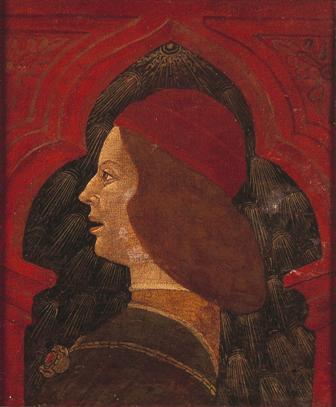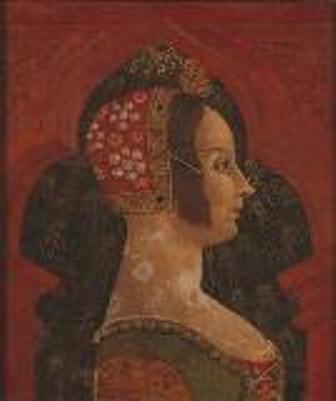Recommendation
In a letter dated 26 March 2007, the Minister for Education, Culture and Science (OCW) requested the Restitutions Committee (hereafter referred to as: ‘the Committee’) to issue a recommendation regarding the application by S.N. of France for the restitution of two paintings that are currently part of the Netherlands Art Property Collection under inventory numbers NK 2894 and 2895. The request concerns two anonymous Florentine paintings from the final quarter of the 15th century entitled Portrait of a Woman and Portrait of a Man. Both paintings are currently on long-term loan to the Bonnefantenmuseum in Maastricht.

